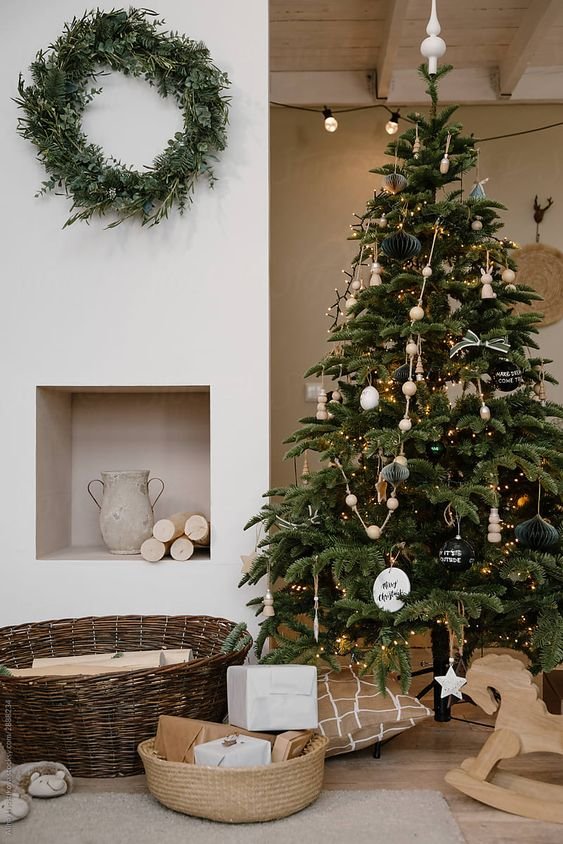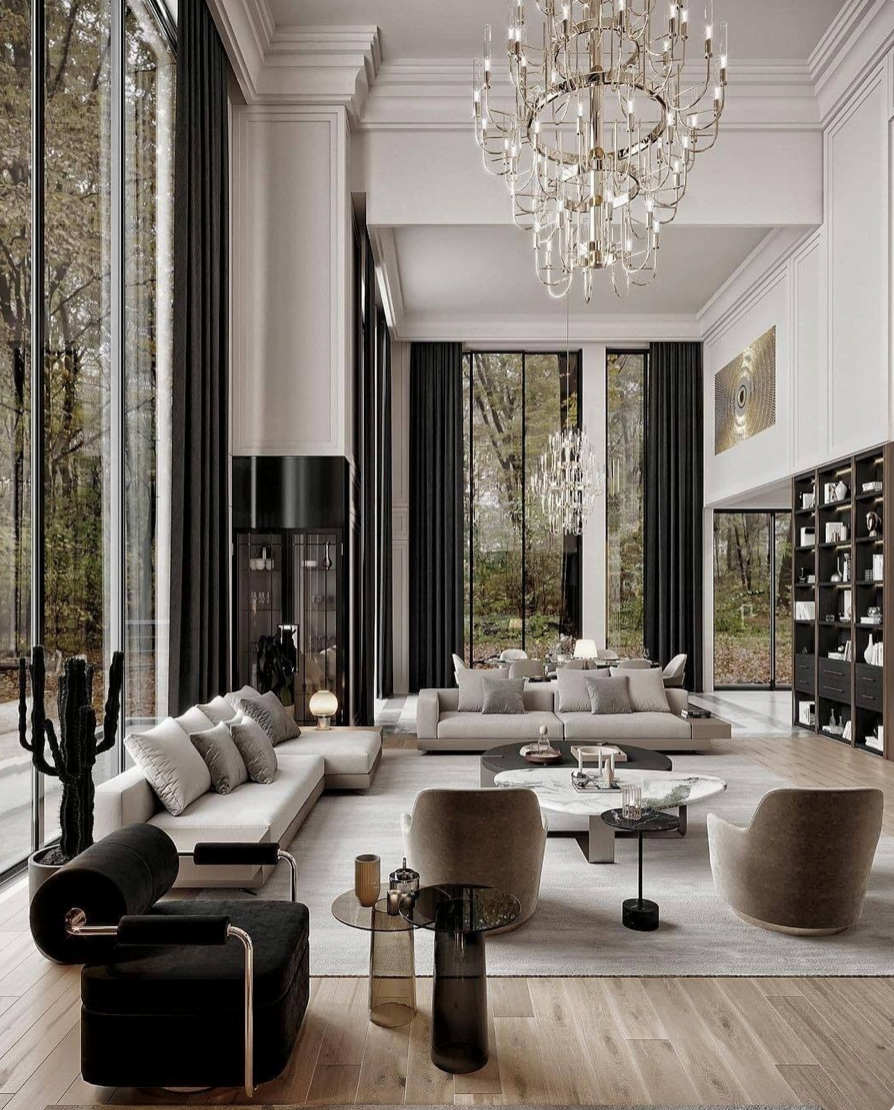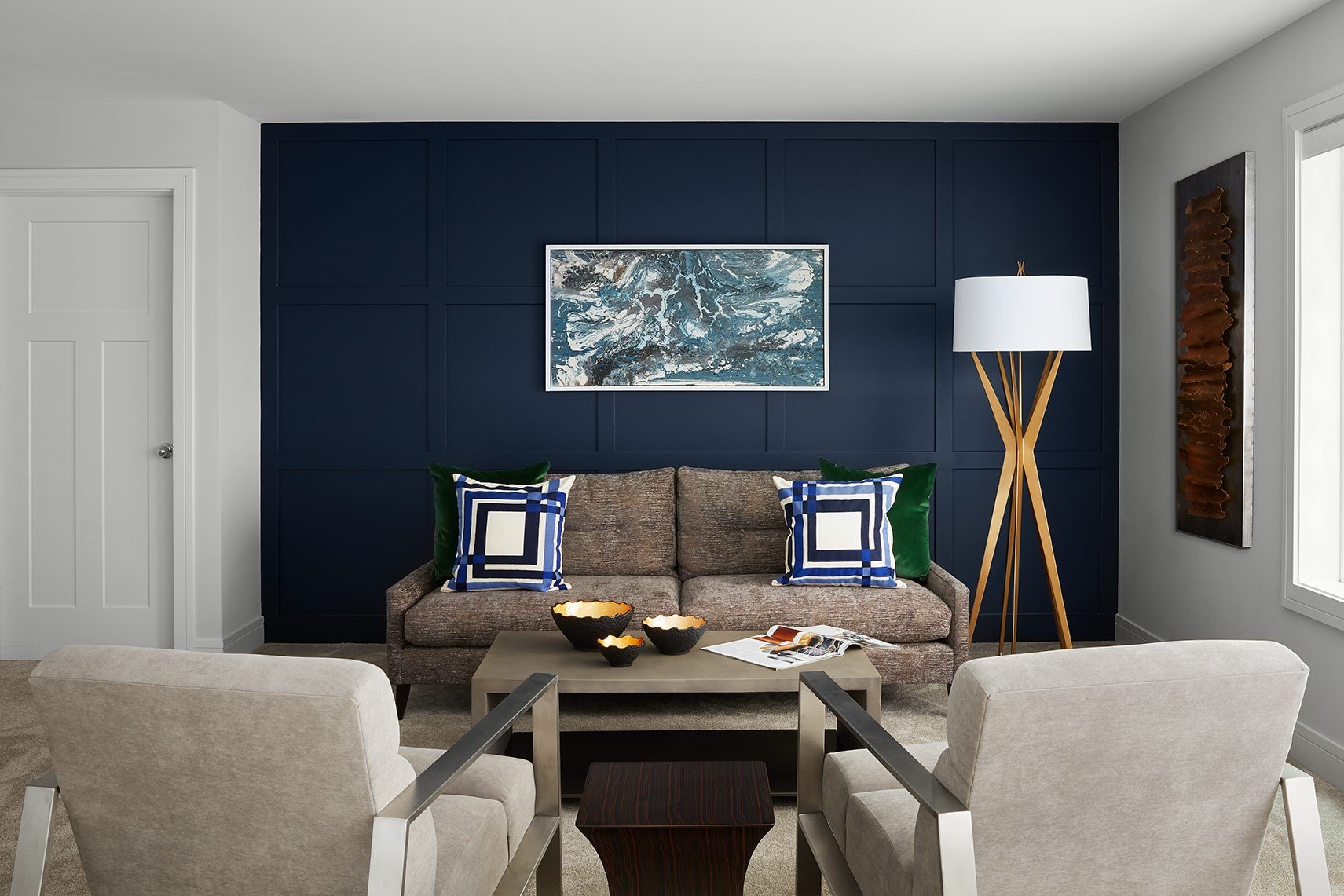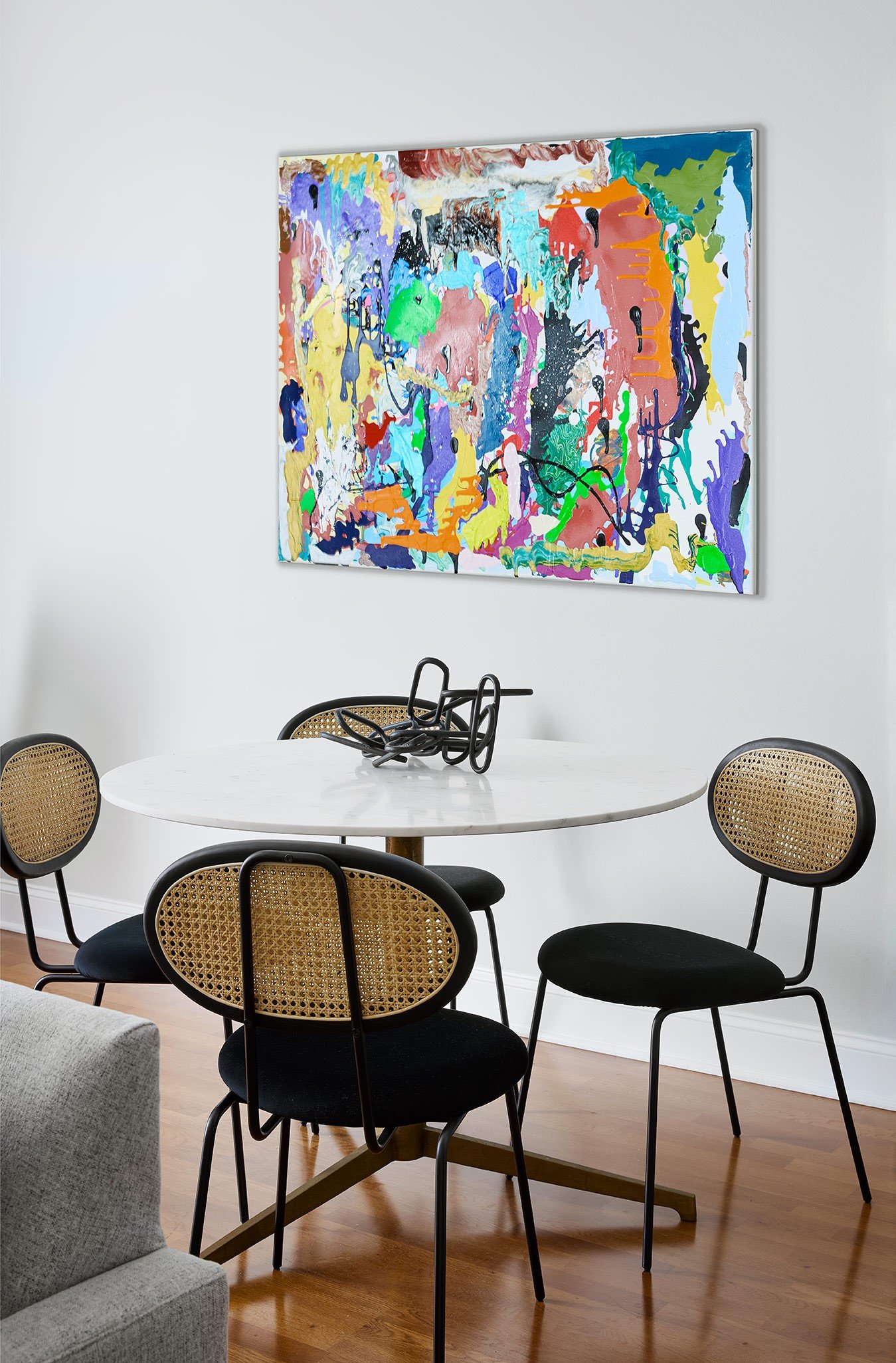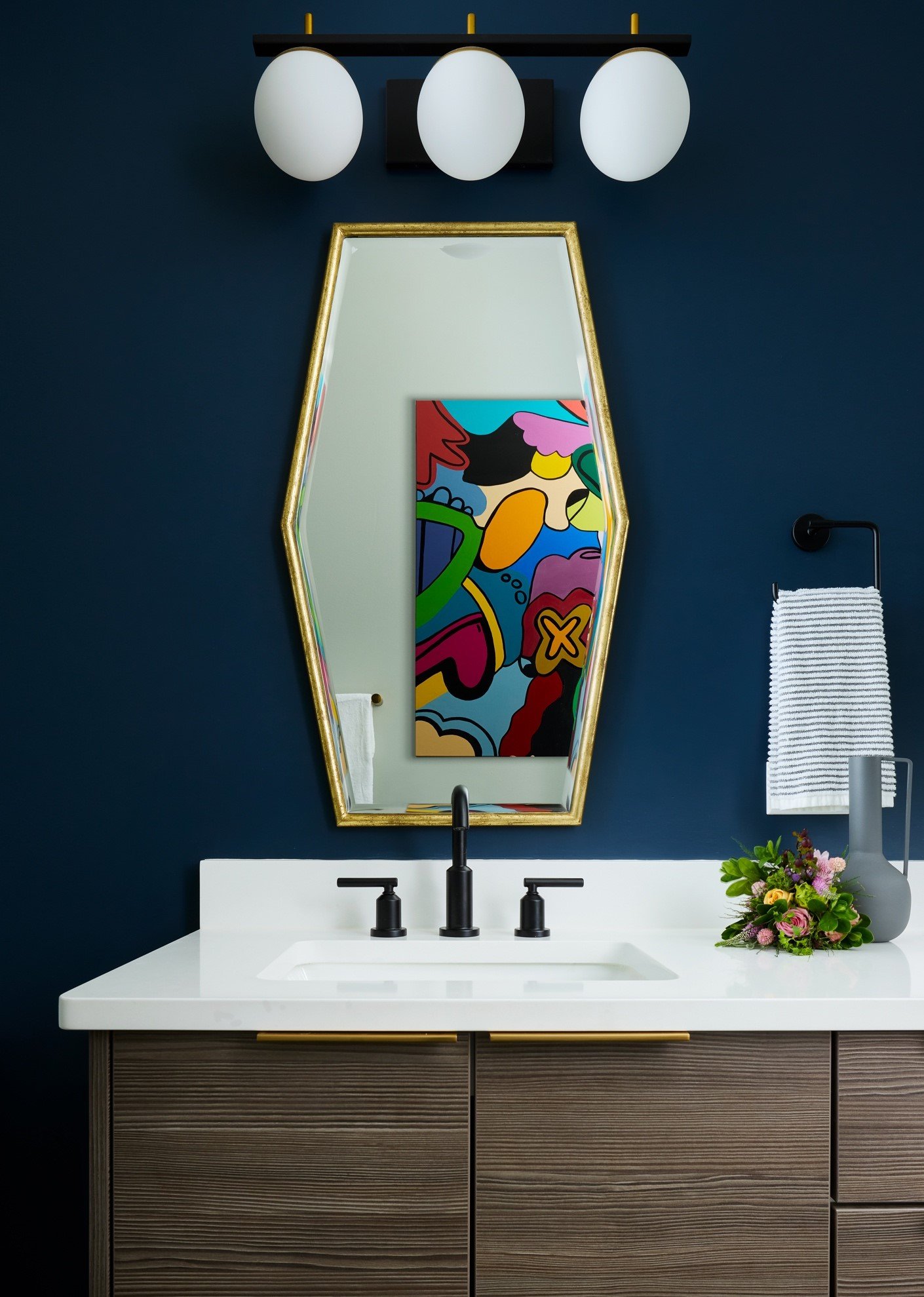How To Create An Interior Design Budget
/PHOTO CREDIT: PAULA INTERIORS
PHOTO CREDIT: PINTEREST
Whether you’re designing your first home or looking to make a few changes to some of your existing rooms, creating a budget will help you determine the overall scope of your design and help keep from overspending. Most people spend between 7-10% of their home’s value on their interior design, but if you are wanting designer finishes, your budget will likely exceed this number. While there are a lot of factors that go into figuring out a budget, we’ve compiled a few steps that will provide the baseline. Once you have an interior design budget in mind, you can get to the fun part of designing your dream concept!
Outline Your Project
The first step to creating your budget is to take into account the area that you will be designing. Think about the size of your space as well as what furniture, fabrics, built-ins and accessories will be needed to create the atmosphere you’re looking for. Certain rooms, like the living room will naturally be more expensive because of the amount of furnishings required. We can help with outlining exactly what we suggest to invest in and which areas you are able to save a little money. For example, you should always invest in a high-quality sofa that can stand up to everyday use.
PHOTO CREDIT: PAULA INTERIORS
Determine Your Priorities
PHOTO CREDIT: PAULA INTERIORS
When it comes to creating an interior design budget, it's important to determine what’s most important to you. Quality, style, and timing are all factors that will determine the cost of your project. You want to ensure that the products you purchase are of the highest quality and will last for years to come, but you may or may not want designer items. Style should be an important factor as well, as you will be living with the design for many years. Your timeline should also be taken into consideration - how quickly do you need the project completed?
All of these factors will affect the budget for your interior design project, so it's important to weigh them carefully when making decisions about what to buy. Your priorities might also include more expensive items like original artwork and smart home technology. Make a list of your non-negotiables and the items you are willing to let go if need be.
Do Your Research
If you are working with an interior designer, they will do a lot of research for you in finding the best prices for the highest quality decor for your home. However, it also helps if you send ideas of furniture and accessories you find online that are in keeping with your design tastes. By looking around at different vendors’ websites, you’ll be able to piece together an idea of how much items cost. Keep in mind that interior designers are often privy to trade prices, which means that you can actually get a better deal on furniture and home accessories through them than you would on your own.
Consider Service & Shipping Costs
Unless you are doing the entire design yourself, there will be service fees – from your interior designer cost to the installation costs. You should also keep in mind the cost of shipping and handling, which can be high when dealing with large pieces of furniture and art. Particularly if you are in a hurry to get the project done, your interior design fees can add up quickly. Fees for Chicago interior designers vary, so it’s important to look at previous projects they have done and make sure your vision aligns with their aesthetic and experience.
Leave Wiggle Room
When creating your interior design budget, it's important to leave room for the unexpected. Having a contingency fund in place will help protect your budget from potential overruns and unexpected costs. Many people end up going over budget when designing a home, so it’s best to be prepared by factoring in an extra 15-20% of your overall budget as the contingency fund. This is money that you set aside to cover any additional costs or changes that may arise during the project.
From a full-scale renovation to simply freshening up a room, creating a budget is a great place to start your home project. Get in touch with any questions – we’re happy to set up a consultation to discuss your options. Our Chicago interior design firm can help you design a space that’s not only within budget, but one that doesn’t look like you had a budget at all!
Stay tuned to this blog and follow us on Instagram here!
Talk to you soon,
Paula















